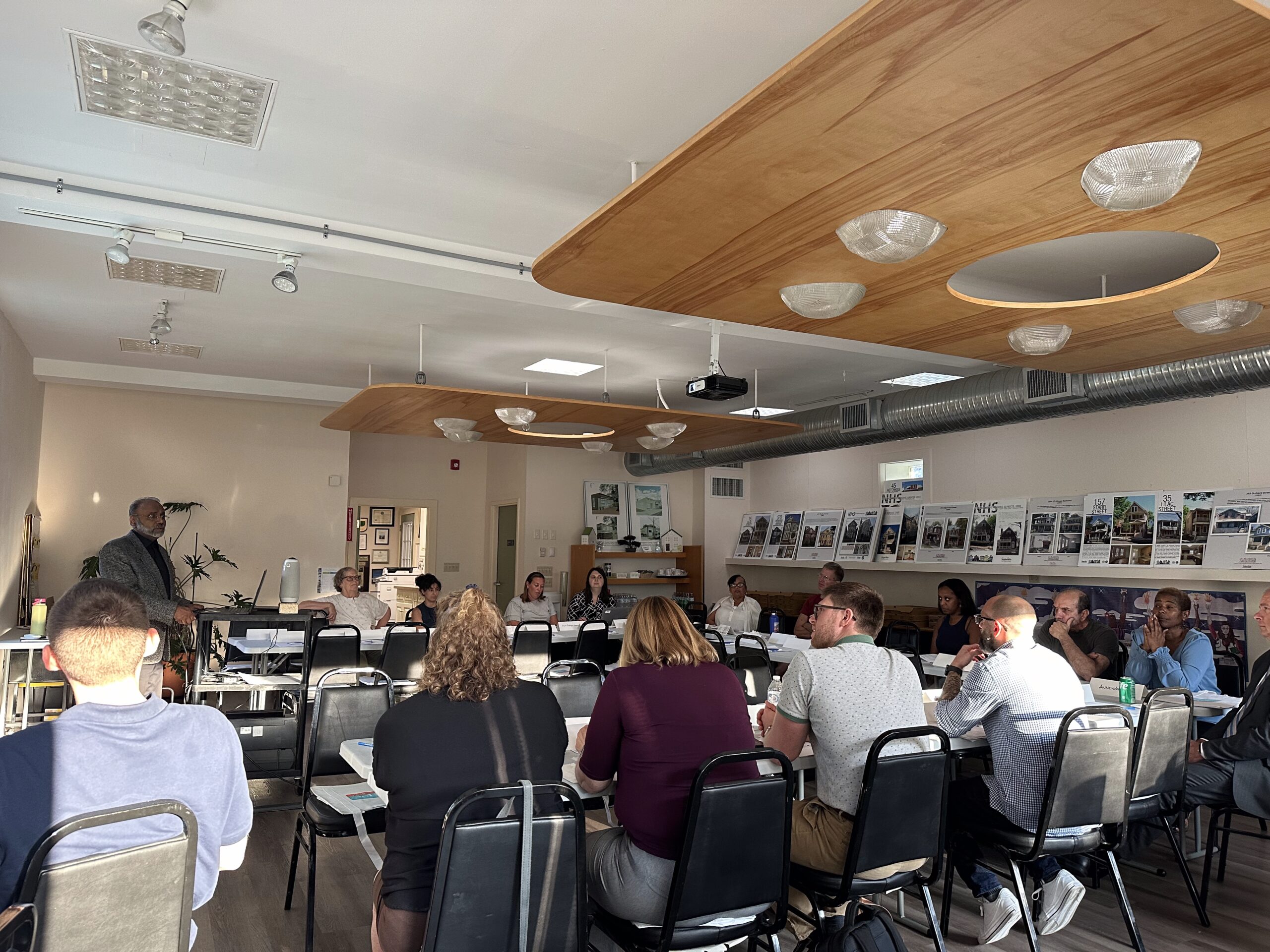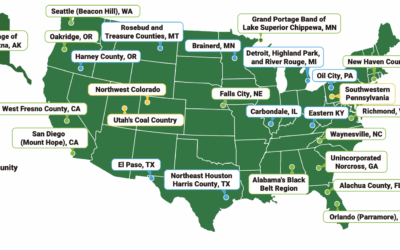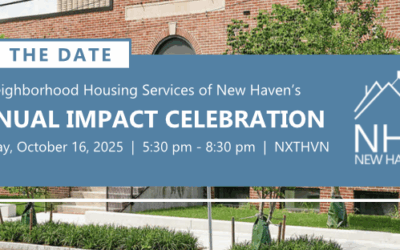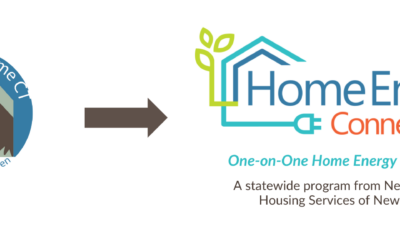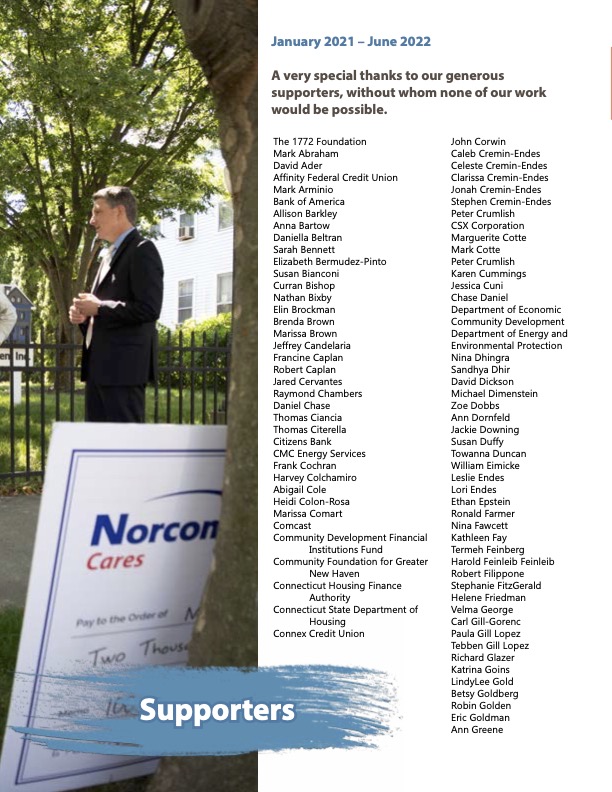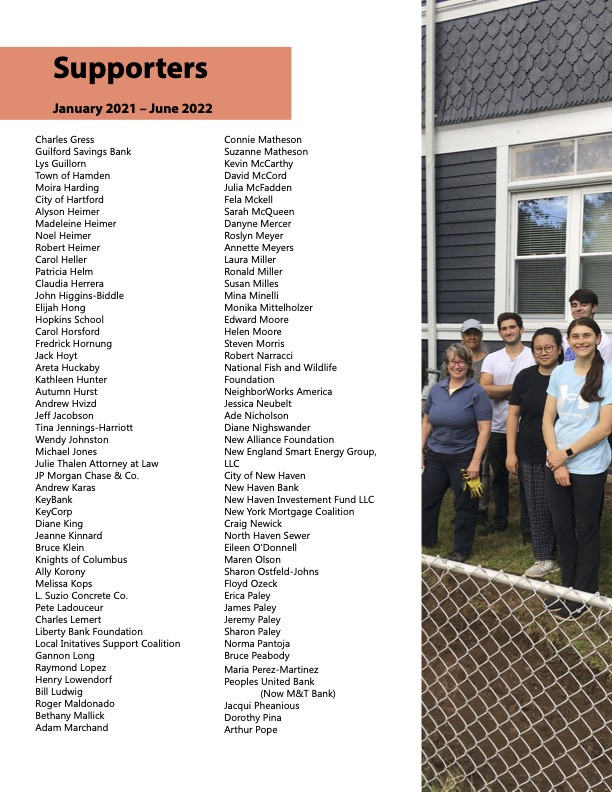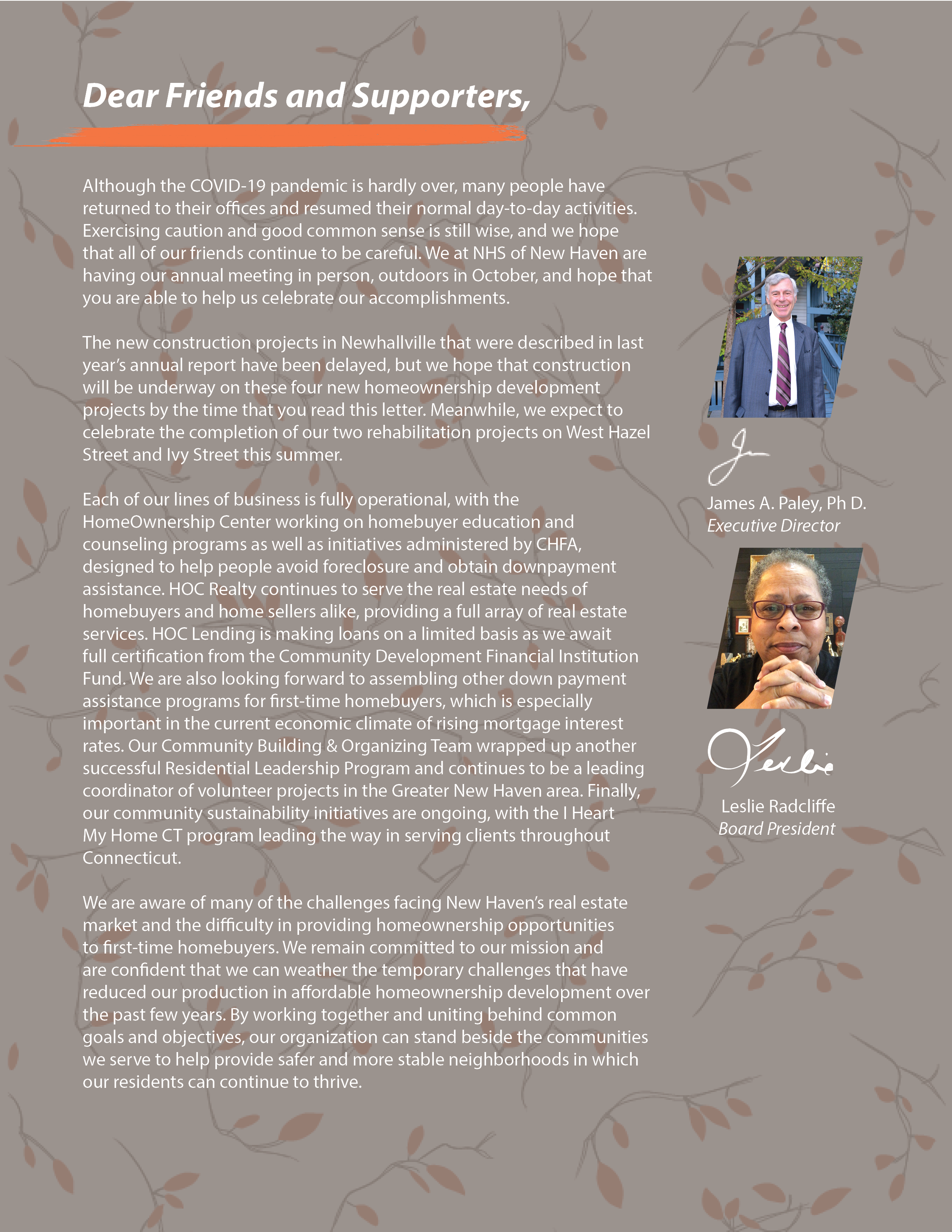In July, Neighborhood Housing Services of New Haven was proud to host the Connecticut Energy Efficiency Board (EEB)’s very first Community Engagement meeting at our LEED® Platinum-certified lab. The session brought together residential customers, utility representatives, nonprofit leaders, contractors, advocates, and community members to discuss and shape a more affordable energy future.
Setting the Stage
The evening was organized by the EEB’s Equity Working Group and facilitated by Suri Surinder of CTR Factor, the EEB’s Equity Consultant. He explained that while energy savings often bring to mind lower utility bills, the benefits extend much further with things like improved indoor air quality, fewer drafts, more stable indoor temperatures, and the potential for increased property value.
He also introduced Energize Connecticut explaining that it is a program that brings together the Department of Energy & Environmental Protection (DEEP), utilities like Eversource and Avangrid, and the EEB, in order to deliver rebates, incentives, and hands-on energy services to households and businesses.
Next, Kathy Fay, NHS of New Haven’s Director of Community Sustainability, shared the organization’s 45-year legacy of creating homeowners, rehabilitating nearly 300 homes, and advancing sustainability through programs such as Home Energy ConneCT. This energy concierge service has already helped more than 1,700 households navigate energy programs to save money and improve the comfort, health, and performance of their homes.
Why Energy Savings Matter
Participants learned about programs like Home Energy Solutions (HES) and Home Energy Solutions – Income Eligible (HES-IE), which provide in-home energy assessments, direct services like insulation and air sealing, and access to rebates for deeper upgrades. In many cases, the value of this work is $800–$1,000, but the cost to residents can be as little as $0.
Key Themes from the Discussion
After laying this groundwork, Mr. Surinder turned the floor over to attendees. The bulk of the event was a 70-minute interactive discussion, framed around key questions. Participants were encouraged to share openly, whether speaking as industry professionals or as neighbors who might be learning about these programs for the first time.
Key themes from the discussion included improving outreach through partnerships and creative campaigns, better engaging renters and landlords, and reaching underserved groups like seniors, immigrants, and new homeowners through trusted messengers. Participants also emphasized the need to make energy savings more visible and accessible, while highlighting the role of equity and advocacy in ensuring low-income residents can benefit from “stackable” programs that reduce costs.
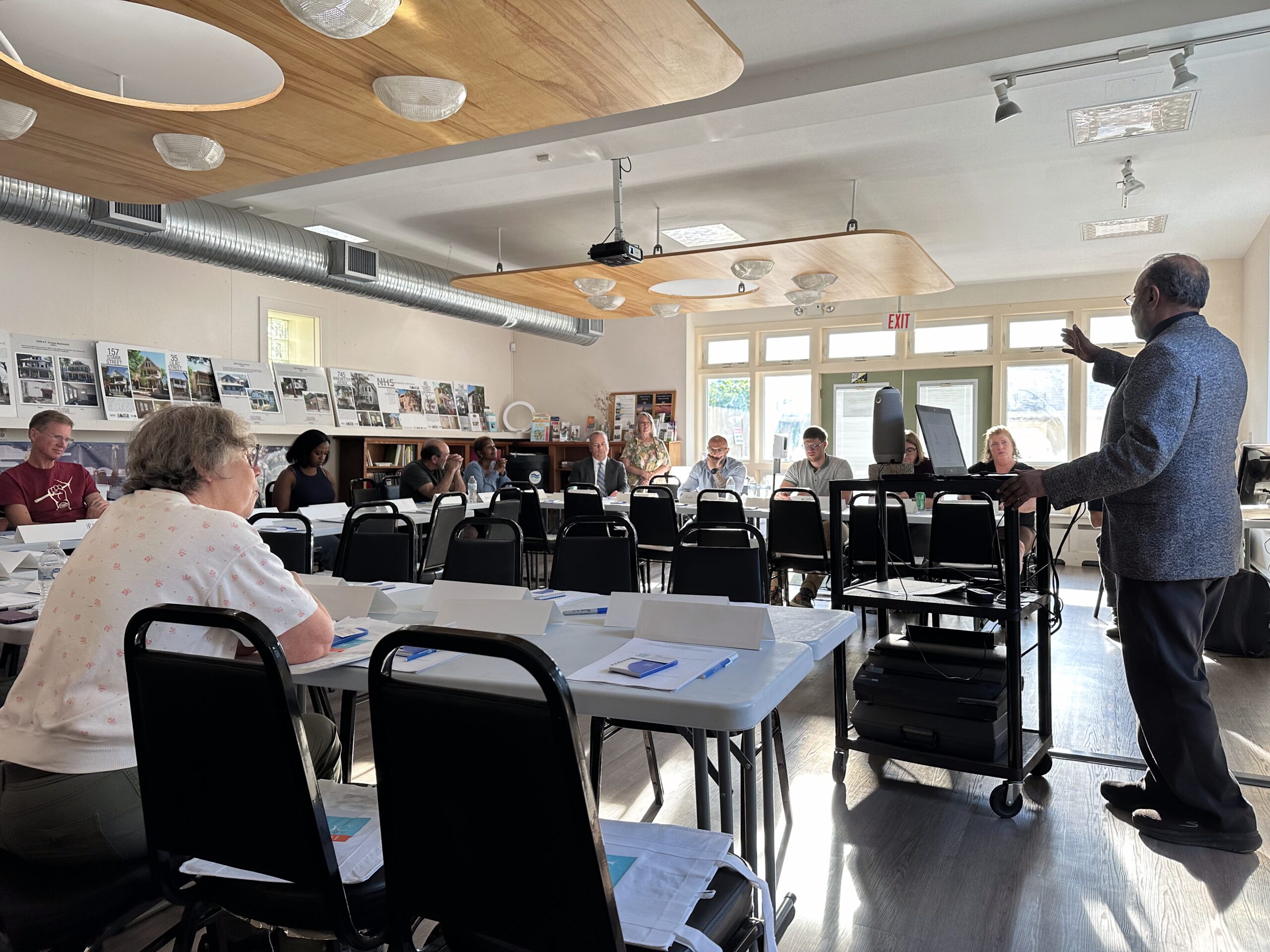
Looking Ahead
The session wrapped up with gratitude for the rich ideas generated and a reminder that this was only the beginning. Feedback will be compiled into a report for the EEB, informing updates to Connecticut’s Conservation and Load Management Plan. Additional sessions, alternating between spotlighting residential and commercial concerns, will be held across the state to continue gathering community perspectives.
To learn more about our offerings for Home Energy Savings, visit HomeEnergy ConneCT.
And you can click here to stay informed about the next Equity Working Group Meeting.

